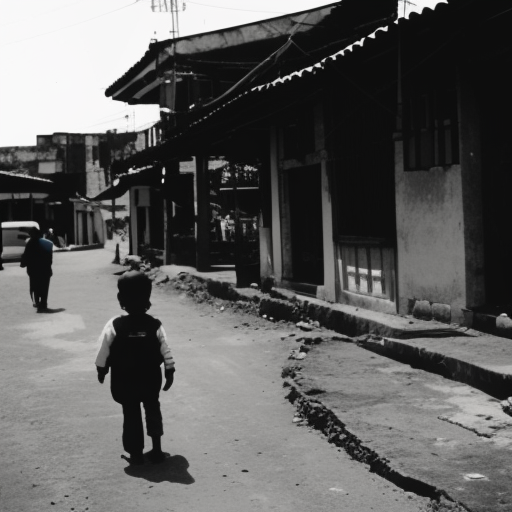Summary:
The 2017 Chiapas earthquake was a powerful earthquake that struck the southern Mexican state of Chiapas on September 7, 2017. With a magnitude of 8.2, it was the strongest earthquake to hit Mexico in a century. The earthquake caused significant damage to buildings, infrastructure, and resulted in the loss of more than 100 lives. It also triggered a tsunami alert along the Mexican coast and led to widespread evacuations.
The Earthquake:
The earthquake originated off the coast of Chiapas, near the town of Pijijiapan. It occurred as a result of the Cocos Plate subducting beneath the North American Plate. The seismic activity lasted for about 90 seconds, shaking buildings and causing panic among the population. The impact of the earthquake was felt in several states, including Oaxaca, Tabasco, and Veracruz.
Damage and Casualties:
The earthquake caused extensive damage to infrastructure, including roads, bridges, and buildings. Many homes and businesses collapsed, leaving thousands of people homeless. The hardest-hit areas were the towns of Juchitán, Ixtaltepec, and Pijijiapan. The earthquake also resulted in the loss of more than 100 lives, with the majority of casualties occurring in Oaxaca.
Response and Relief Efforts:
Following the earthquake, the Mexican government declared a state of emergency in affected areas and launched a massive relief operation. The military and emergency services were deployed to provide assistance and rescue survivors. Temporary shelters were set up to accommodate those who lost their homes, and medical teams were dispatched to treat the injured.
Tsunami Alert:
The earthquake triggered a tsunami alert along the Mexican coast, particularly in the states of Chiapas and Oaxaca. Residents living in coastal areas were evacuated to higher ground as a precautionary measure. Fortunately, the tsunami generated by the earthquake was relatively small, and no significant damage was reported.
Aftermath and Reconstruction:
In the aftermath of the earthquake, the focus shifted to rebuilding and reconstruction. The Mexican government allocated funds for the reconstruction of damaged infrastructure and provided financial assistance to affected individuals and businesses. International aid and support from various countries also played a crucial role in the recovery process.
Lessons Learned:
The 2017 Chiapas earthquake highlighted the importance of preparedness and early warning systems in mitigating the impact of natural disasters. It prompted the Mexican government to invest in improving infrastructure resilience and emergency response capabilities. Additionally, the earthquake served as a reminder of the ongoing seismic activity in the region and the need for continued monitoring and research.
Conclusion:
The 2017 Chiapas earthquake was a devastating event that caused significant damage and loss of life in southern Mexico. The response and relief efforts demonstrated the resilience and solidarity of the Mexican people. The lessons learned from this earthquake will contribute to better preparedness and response strategies in the future, ultimately reducing the impact of similar disasters.












